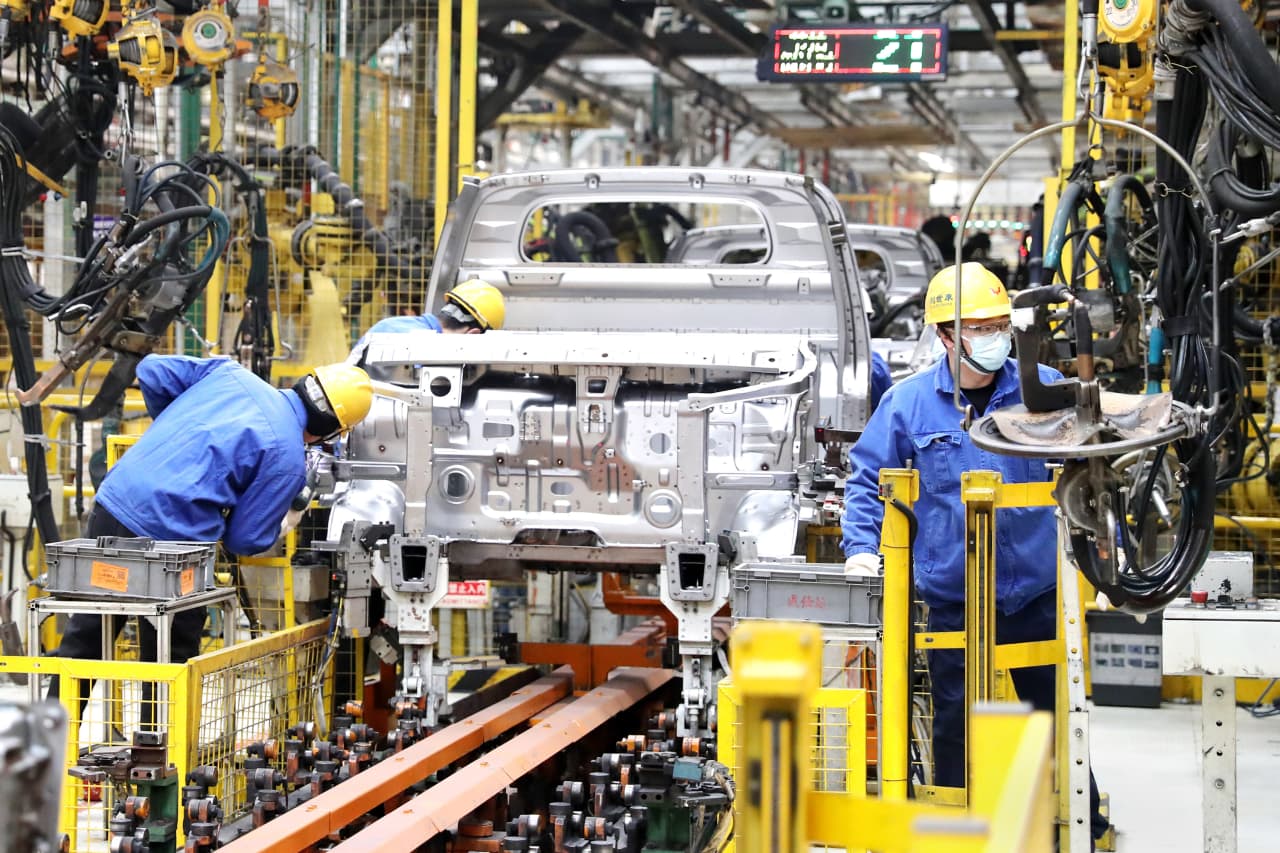WHY REMOTE WORK COULD LEAD TO LESS INNOVATION
Do chance encounters among employees of different Silicon Valley companies in coffee shops, restaurants and other public places lead to innovation? The answer is yes, say researchers who examined such “knowledge spillovers” in a study that may have implications for today’s work-from-home culture.
The researchers—Keith Chen of the University of California, Los Angeles, and David Atkin and Anton Popov of the Massachusetts Institute of Technology—tracked the locations of 425,000 phones using commercially available cellphone-location data. Though the data is anonymous and linked only to the unique ID number of each phone, the researchers surmised where the phone owners worked by looking at where the phones spent large parts of the workday, using a map of buildings occupied by Silicon Valley companies that have filed patents.
Examining instances where phone owners went outside the office and ended up near someone from another Silicon Valley company, they found 218 million episodes in which two workers from different companies were in the same place between September 2016 and November 2017.
For their study, they considered only situations in which both people were near each other for at least a half-hour, and used a probability technique to eliminate meetings that might have been arranged in advance. They also assumed that many of these people bumped into someone they already knew, such as a former colleague.
Sharing knowledge
Such chance meetings “may spark a conversation that leads to a transfer of knowledge or a collaboration,” the researchers wrote.
Next, the research team pulled up patent applications filed by the companies of the employees. Such applications list relevant patents from other companies in so-called patent citations. Patent citations are “one measure of which firms are influencing each other and how firms are sharing ideas,” says Prof. Chen, who studies behavioral economics and strategy at UCLA’s Anderson School of Management.
The researchers then worked backward in time. They looked for places where employees of a patent-filing company may have crossed paths with workers from companies cited in the patent application.
“We rewind the clock to a year before when they would have been developing this technology,” says Prof. Chen. “What school were they dropping their kids off at, what mall were they shopping at, what bar do they frequent. And you infer who was at that bar when they were there,” based on the phone-location data.
The goal, Prof. Chen says, is “to connect workers of the firm that is going to file the patent, at the establishment where we infer that patent was innovated, with what other workers they were interacting with.”
Next, the researchers calculated the overall number of such citations that appear to have been linked to unplanned encounters. The upshot: The researchers say that without these encounters, there would have been about 8% fewer cross-firm patent citations in the period covered by the phone-location data.
“There is a tremendous correlation between my workers’ meeting a lot with your workers, and my workers’ citing your workers’ patent,” says Prof. Chen.
The innovation boost from the encounters, by the team’s calculations, is about twice as large as a similar effect found by other research that looked for knowledge transfer based on whether two companies’ offices are near each other, Prof. Chen says.
Their study comes with some caveats. The researchers don’t know whether these employees actually spoke when they were in the same location, or, if they spoke, what they talked about. And they don’t know whether the workers’ jobs would have facilitated a tech discussion—they might have involved a Google HR staffer and an Apple maintenance person.
Still, the report shines a light on what some experts have long suspected: that random conversations involving people in similar industries can increase innovation.
Enrico Moretti, an economics professor at the University of California, Berkeley, says the study “significantly advances our understanding of knowledge spillovers and how they shape the geography of innovation.” Prof. Moretti, who says he has been working on the topic for 25 years, says, “I find this paper to be one of the most direct and convincing pieces of evidence on this question. It provides important insights into why Silicon Valley-style clusters of innovation exist.”
Remote work’s impact
Though the study involved cellphone data from before Covid, the researchers say it has implications for an era when many people work all or part of the time from home.
The researchers looked at people who occasionally worked from home in the study period, based on where their phones were located during daytime hours, and then at how that affected their probability of attending planned or serendipitous meetings with someone from another company who didn’t work from home, Prof. Chen says.
Looking at two hypothetical companies, the researchers extrapolated that if one-half of employees at each business work from home, their meetings of all types—serendipitous and planned—would fall 35% and patent citations between the companies would decline almost 12%.
“We think this means information exchange between firms is decreasing,” Prof. Chen says. “It is worrying. These businesses co-locate for a reason. If they can’t learn from each other, we think that is a big deal.”
“Presumably,” he adds, “an even bigger effect is the harm that it does to serendipity and flow of information and innovation within the firm.”






 Copyright 2020, Dow Jones & Company, Inc. All Rights Reserved Worldwide.
Copyright 2020, Dow Jones & Company, Inc. All Rights Reserved Worldwide. 







